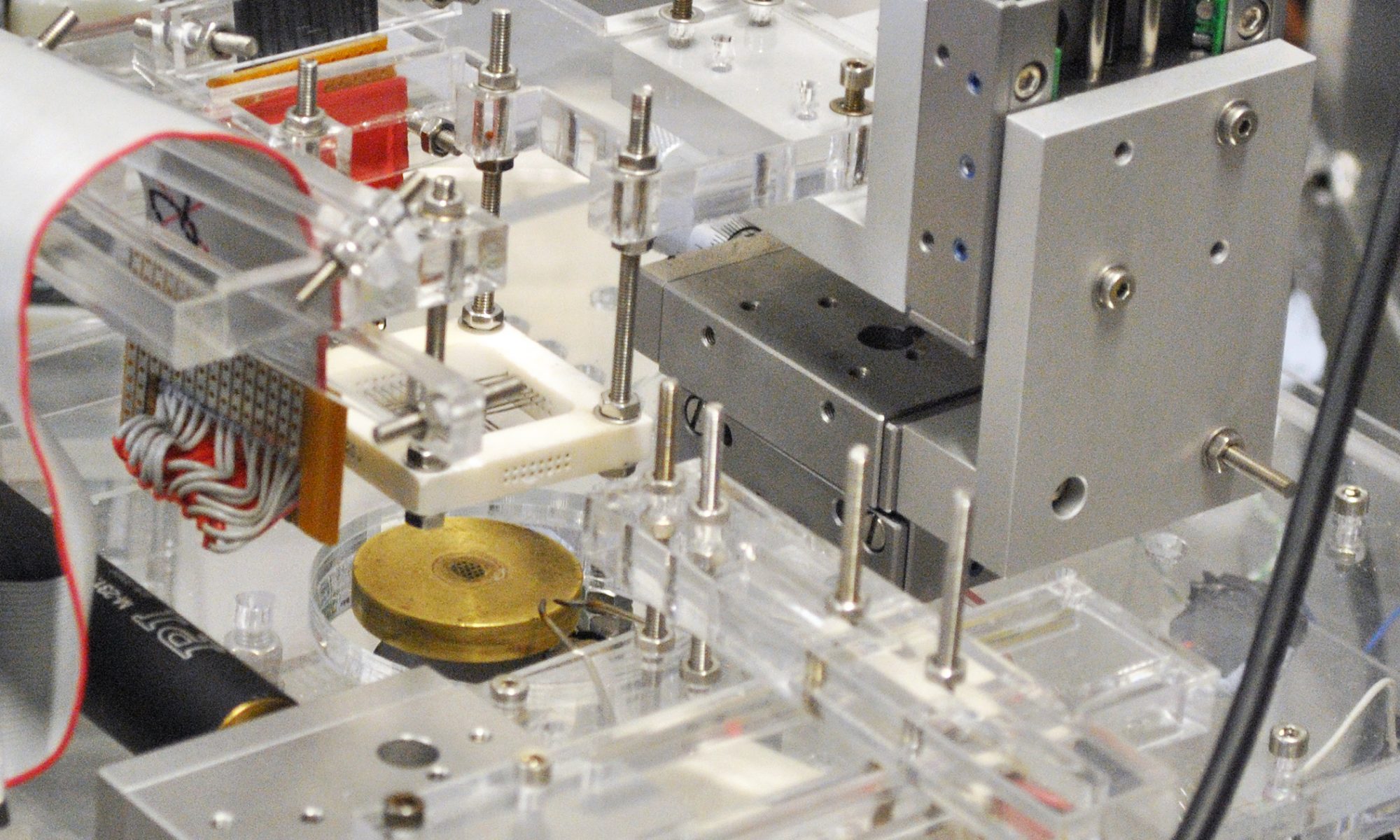A handful of Halloween candy later, and you are skipping around the room, your hands are fidgety, speech is jittery, and it’s hard to contain your burst of energy. You are probably quite familiar with the sugar rush that affects you this one day a year… two days a year? Three days? Almost every day?
Time and again, nutritional studies and long-term research has shown that poor dietary patterns of children influence neural development and behavior, especially hyperactivity and attention capacities, leading to diagnoses like ADHD.
A study from 2009 followed a group of children over several years and found that for significant increases in “junk food” consumption at ages 4-5, the risk for hyperactivity at age 7 was elevated. Another study, from 2004, demonstrated a prolonged association between artificial food coloring and hyperactivity. While the cause of ADHD is still undetermined, dietary patterns certainly play a role. Not only do high-fat, high-sugar diets cause issues in the developing nervous system, but these diets tend to also be low in valuable vitamins and micronutrients.
A more recent study, published online in March 2018 in European Journal of Clinical Nutrition, showed a positive correlation between a “processed” food pattern, a “snack” food pattern, and ADHD symptoms in children age 3-6. On the other hand, there was a negative correlation between a “vegetarian” food pattern and ADHD symptoms. This study used data collected from over 14,000 preschoolers in Ma’anshan City, China, and was the first large scale study in mainland China to investigate connections between diet and ADHD in children. The prevalence of ADHD symptoms in the group studied was 8.6%.
Researchers asked caregivers and parents to answer questionnaires about the recent food consumption and food choices of their children, and gave the children a Conners Abbreviated Symptom Questionnaire to assess for ADHD symptoms. Then, the researchers allocated five dietary patterns to represent the common answers expressed by the caregivers and parents: (1) “processed,” for fast food, fried foods, preserved fruit, and other high-fat food items, (2) “snack,” for high-sugar foods like sweets, biscuits, cakes, and chocolates, (3) “protein,” for red meat, poultry, eggs, fish, fruit, and rice, (4) “beverage,” for flavored milk, soda, and yogurt, and (5) “vegetarian,” for grains, beans, and fruit or vegetable juice.
Children who had a “processed” or “snack” dietary pattern had a significantly higher likelihood of demonstrating ADHD symptoms, hyperactivity, and attention problems. There was no correlation between ADHD symptoms and the “protein” or “beverage” categories, but the “vegetarian” dietary pattern seems to act as a protector against ADHD symptoms.
This study can not show causation, or that a poor diet causes ADHD. However, it can not be refuted that diet is an influencing factor in development and behavior in children. High-fat, high-sugar foods tend to be cheaper, more accessible, and more conveniently packaged in bags and wrappers for on-the-go, and they don’t need to be refrigerated. They taste good. But, the cost is a rising prevalence of ADHD and similar disorders. The relationship between food and hyperactivity is further evident through studies that have shown that elimination diets and fish oil supplements can reverse the ADHD symptoms. Fatty foods and sugary foods should be eaten in moderation; Halloween should not be occurring every day.
Source:
Yan, S., Cao, H., Gu, C., Ni, L., Tao, H., Shao, T., Xu, Y., & Tao, F. (2018). Dietary patterns are associated with attention-deficit/hyperactivity disorder (ADHD) symptoms among preschoolers in mainland China. European Journal of Clinical Nutrition [Published online March 13, 2018]. doi:10.1038/s41430-018-0131-0.









